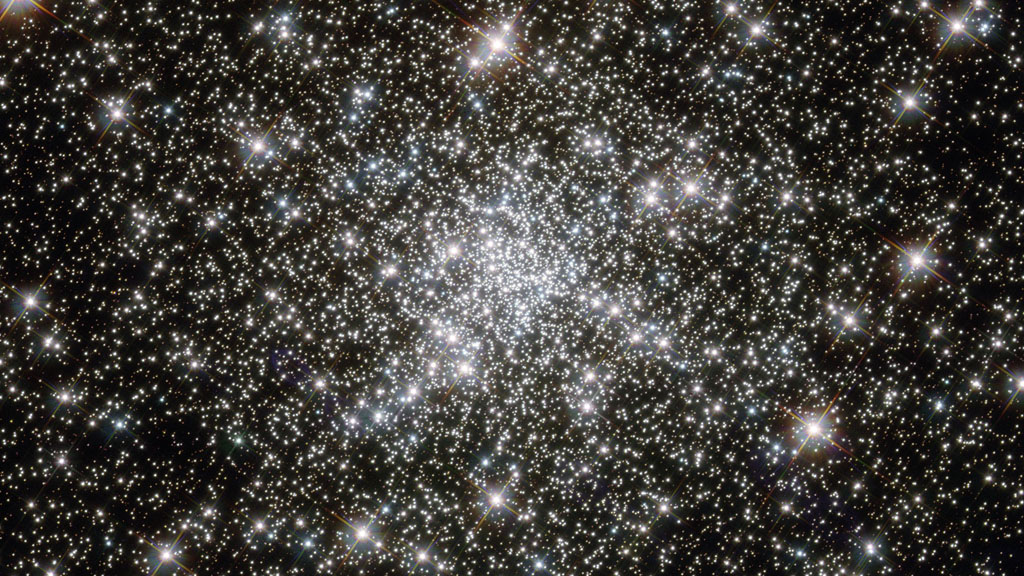Counting Craters on the Moon
Craters light up in an east to west (Tranquillitatis toward Orientale) sweep around the Moon.
This video is also available on our YouTube channel.
Some areas of the Moon have more craters than others. The number of large versus small craters also varies across the surface. A census of the crater population can tell scientists the relative ages of different parts of the surface and reveal information about the make-up of the early solar system.
Such a census has been compiled from the elevation data being sent back by the LOLA instrument on Lunar Reconnaissance Orbiter. It comprises over 5000 craters larger than 20 kilometers in diameter. Some conclusions drawn from an analysis of this crater catalog by members of the LOLA team are described in the September 17, 2010 issue of the journal Science.
This animation illustrates the process of systematically counting craters. Craters larger than 20 kilometers in diameter light up to show color-coded elevation. Some areas, such as the maria and the Orientale basin, are notably sparse, implying that these areas are younger. The processes that formed them erased the record of older impacts visible elsewhere on the Moon.

Elevation key. Elevations are relative to a mean radius of 1737.4 kilometers.

High resolution still image centered on 70 degrees E.
Credits
Please give credit for this item to:
NASA/Goddard Space Flight Center Scientific Visualization Studio
-
Animators
- Ernie Wright (UMBC)
- Marte Newcombe (Global Science and Technology, Inc.)
-
Producers
- Chris Smith (HTSI)
- Andrew Freeberg (NASA/GSFC)
-
Scientist
- James W. Head (Brown University)
Release date
This page was originally published on Thursday, September 16, 2010.
This page was last updated on Wednesday, May 3, 2023 at 1:54 PM EDT.
Missions
This page is related to the following missions:Series
This page can be found in the following series:Related papers
Head, James W. et al. (2010). Global distribution of large lunar craters: Implications for resurfacing and impactor populations. Science, 329(5998)
Head, James W. et al. (2010). Global distribution of large lunar craters: Implications for resurfacing and impactor populations. Science, 329(5998)
Datasets used
-
DEM (Digital Elevation Map) [LRO: LOLA]
ID: 653
Note: While we identify the data sets used on this page, we do not store any further details, nor the data sets themselves on our site.

